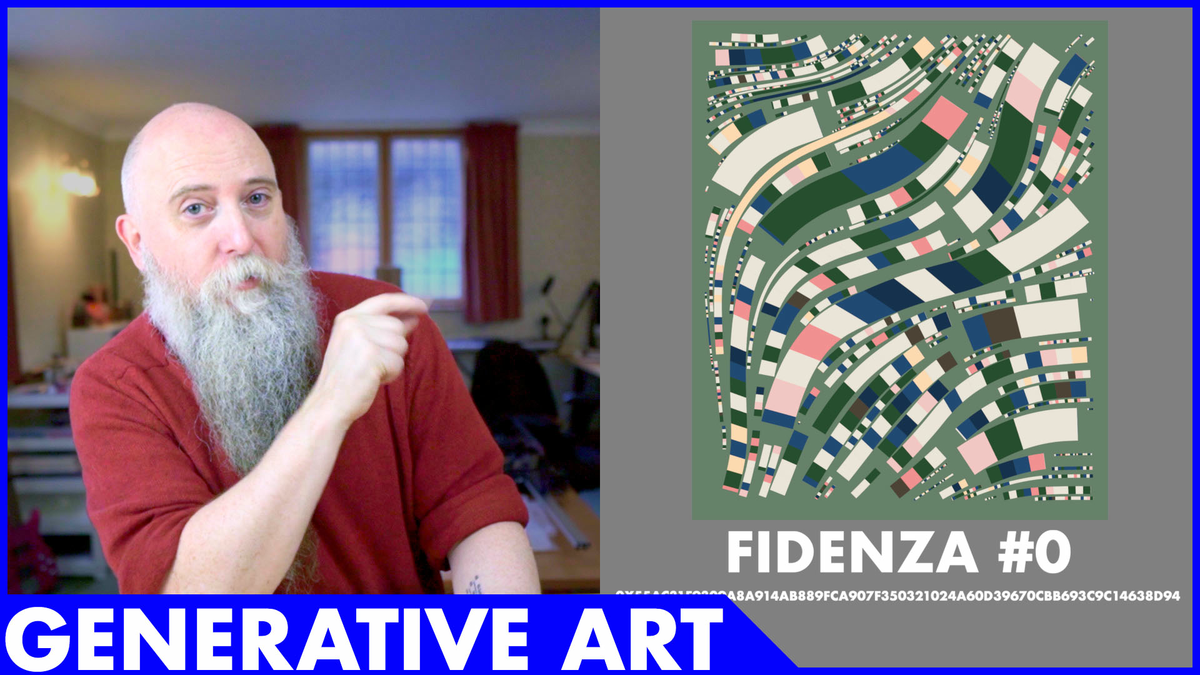
What is generative art?
A short essay about how generative art sits in the greater context of art, and how it's been shaped through 2021 and 2022 by the blockchain and NFTs.
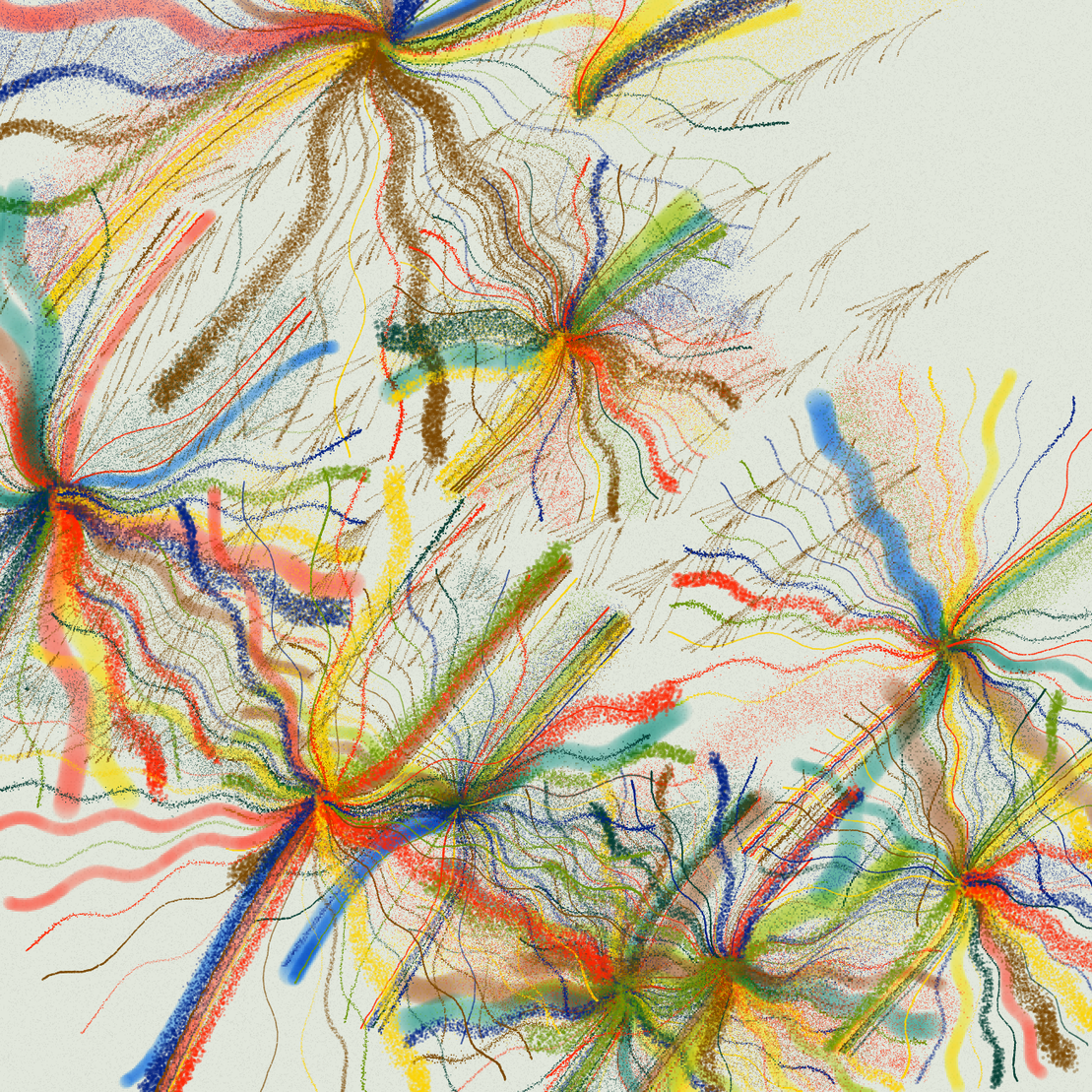
Brush that Music!
Everyone who has looked into Enfantines’ code might have noticed that the tools I’ve used for the development of the project could be described as the very basics of generative art. This is not only because the collection has an educational purpose, but also as it aims at documenting my journey into a field which is new to me. In this article, I’ll briefly outline the concept behind Enfantines, and explore two of the tools I’ve used at length in it: brushes and music.
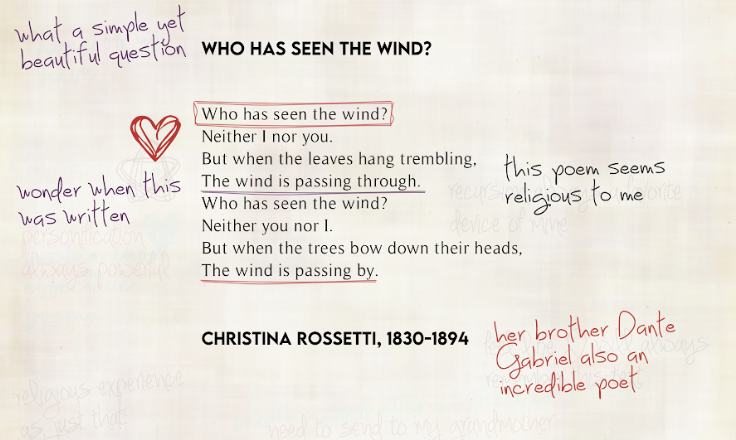
POEMS IN THE PUBLIC DOMAIN-- Marginalia as Living Verse
POEMS IN THE PUBLIC DOMAIN [PITPD] is a brick-and-mortar love letter to reading. Behold the masonry—as told in two parts by Ana María Caballero and Jason Sholl (AKA hieroglyphica).
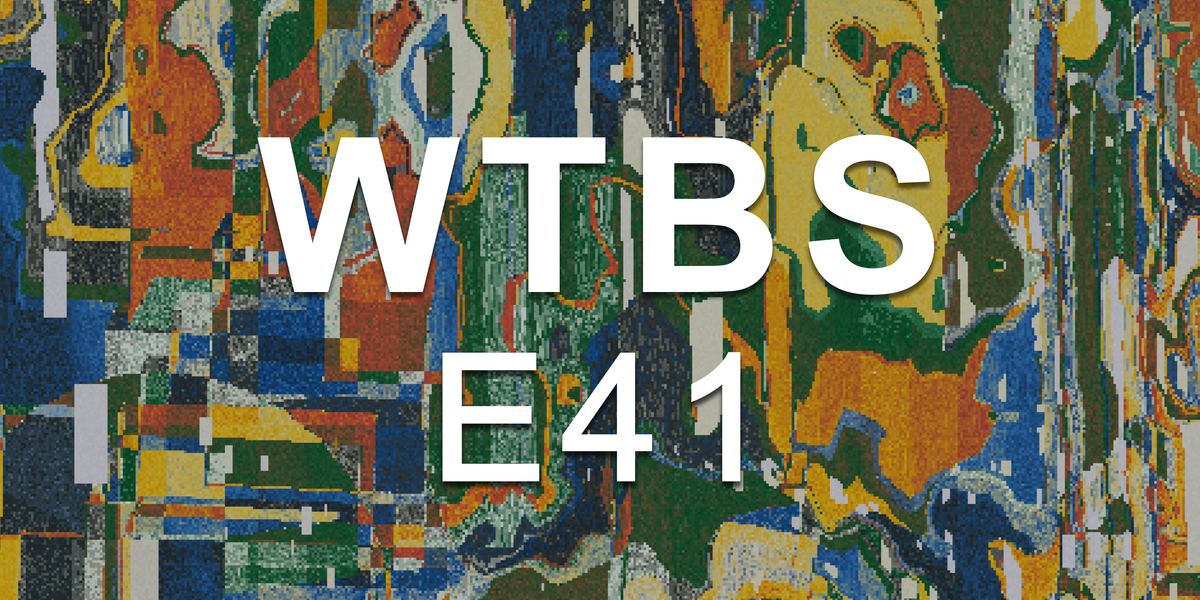
E43 - Where's Waldo
Welcome to the companion article for the 44th weekly episode of Waiting To Be Signed! Please follow along as you listen (or peruse to your heart's content), and if you like what we're doing smash that 'collect' button as way to show your support to the massive amounts of time and energy that goes into producing the show.
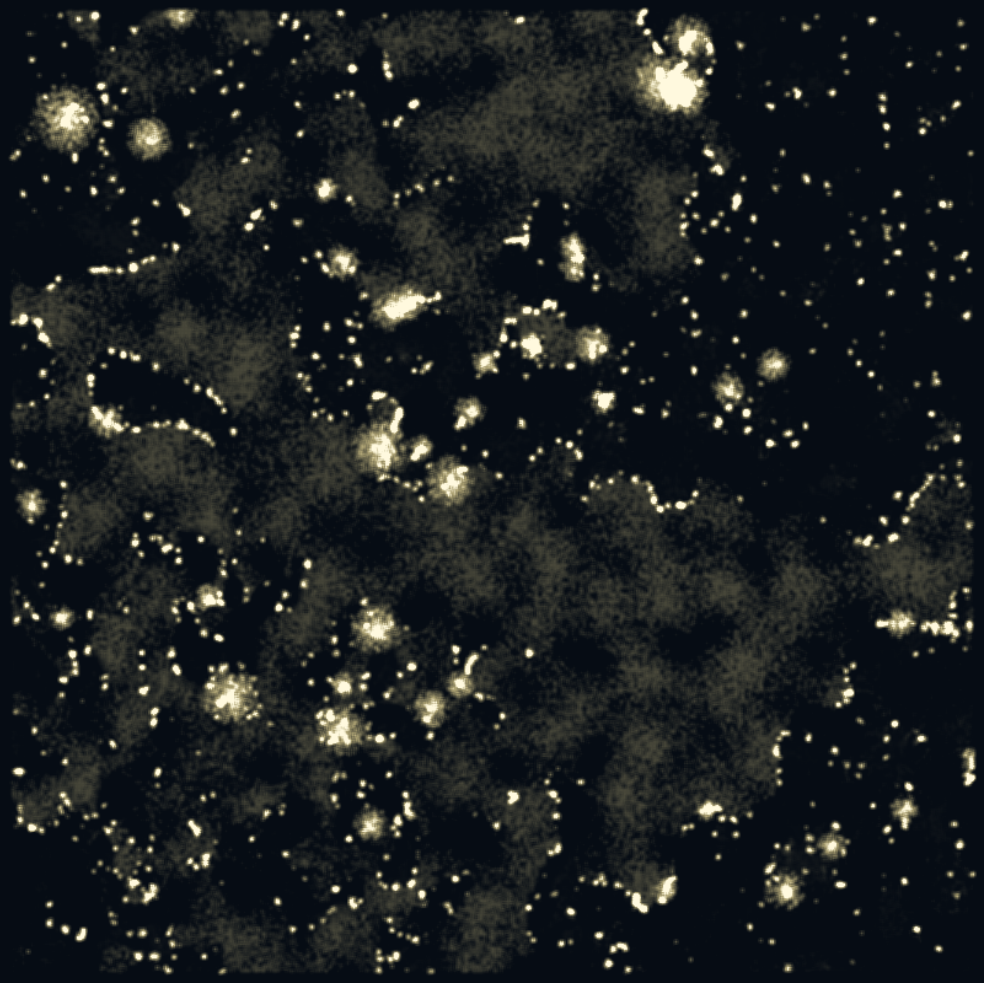
The Merchant Route: Behind Adrift
I published "adrift" on fx(hash) in September 2022 as a creative collaboration with Adam from Tender Art. The essence behind it is the depiction of human habitat through algorithmic processes. I divided the article into sections corresponding to the simulation phases: terraforming, choosing potential settlement locations, establishing possible connections between cities, and calculating the final urban landscape.
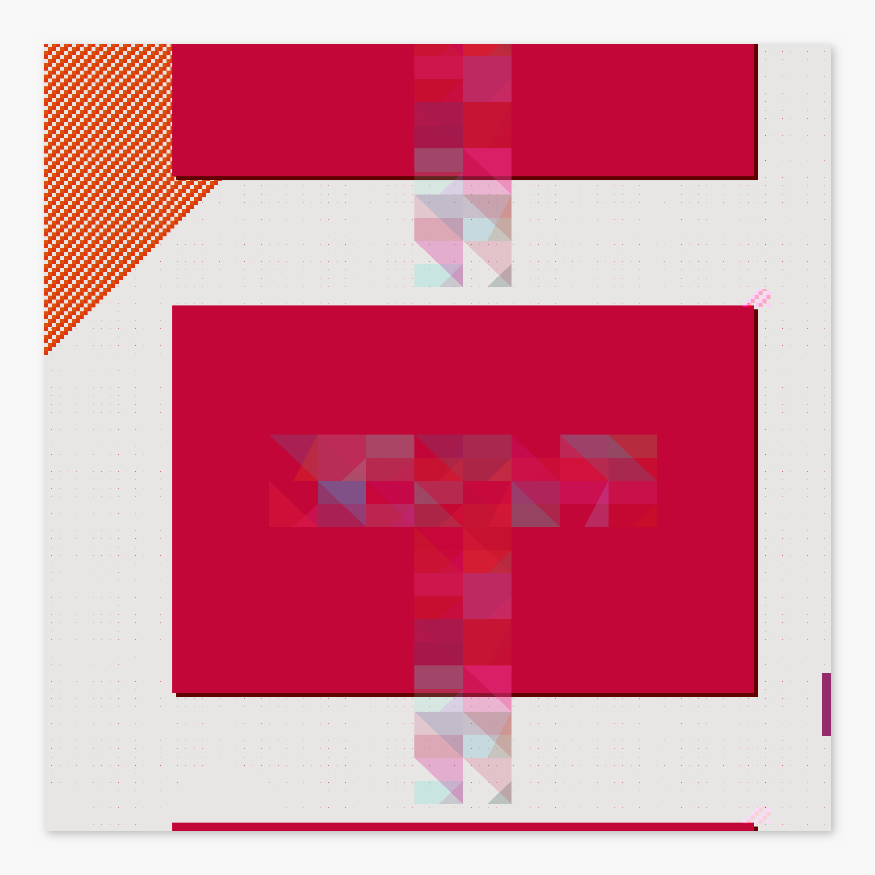
Doc's Tender Touch
A fat-fingered listing for 98% below floor price turns into a feel good story about the NFT art community on tezos, fxhash, and Tender.
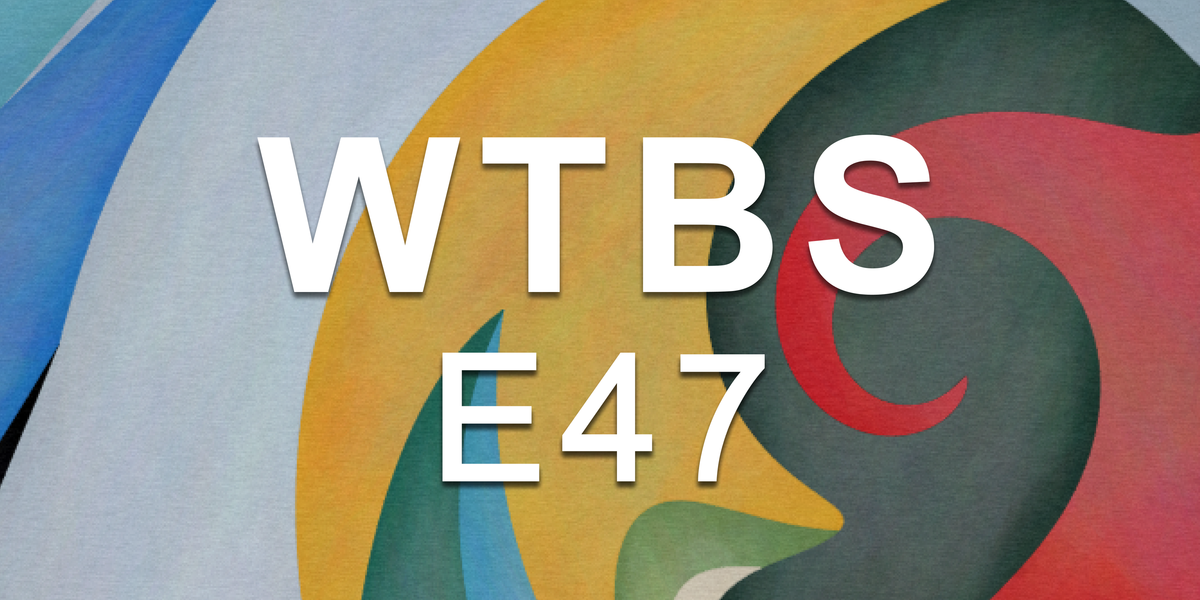
E47 - Normalization
Will and Trinity discuss the week that was in the world of fxhash. Big projects, the end of the anniversary, and a special segment dedicated to the ongoing conversation of women in the world of generative art. Follow along with the episode via the images and links below, and considering collecting this article to support the podcast.
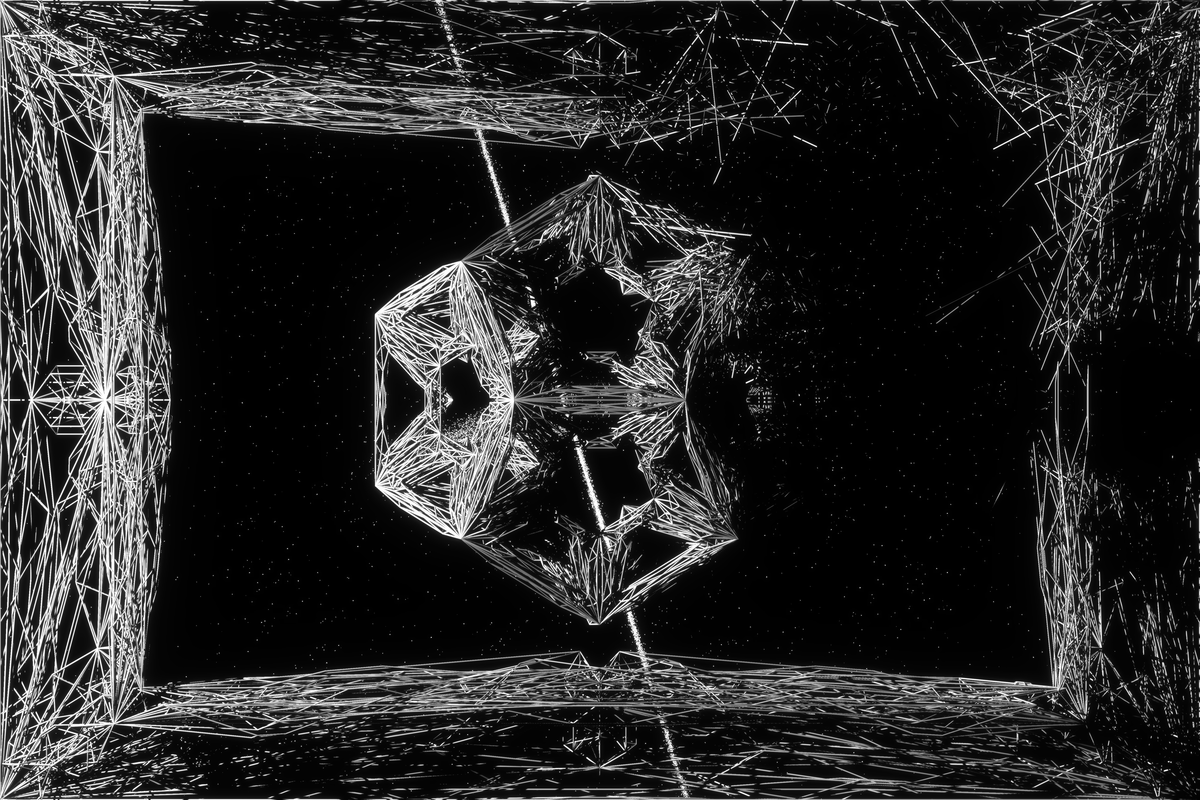
O B S C V R V M - Algorithms and Code
In this article, we'll try to give an approachable overview of the algorithms and code behind O B S C V R V M collection published on December 6th of 2022 on fxhash. We decided to leave our code open (unminified and unobfuscated), available on public repositories (GitHub), and well documented through writing and talks so it can serve as inspiration to others. This article is an attempt to fulfil this promise. The code itself is commented throughout, and hopefully this narrative walkthrough will give an interested learner enough guidance to independently use and implement the concepts presented here. The article will not go through every single line in the code, rather it will focus on the most important and unique aspects that make O B S C V R V M what it is. Code in this article is edited for clarity and slightly deviates from the one found in the deployed token, although the exact functionality is retained.
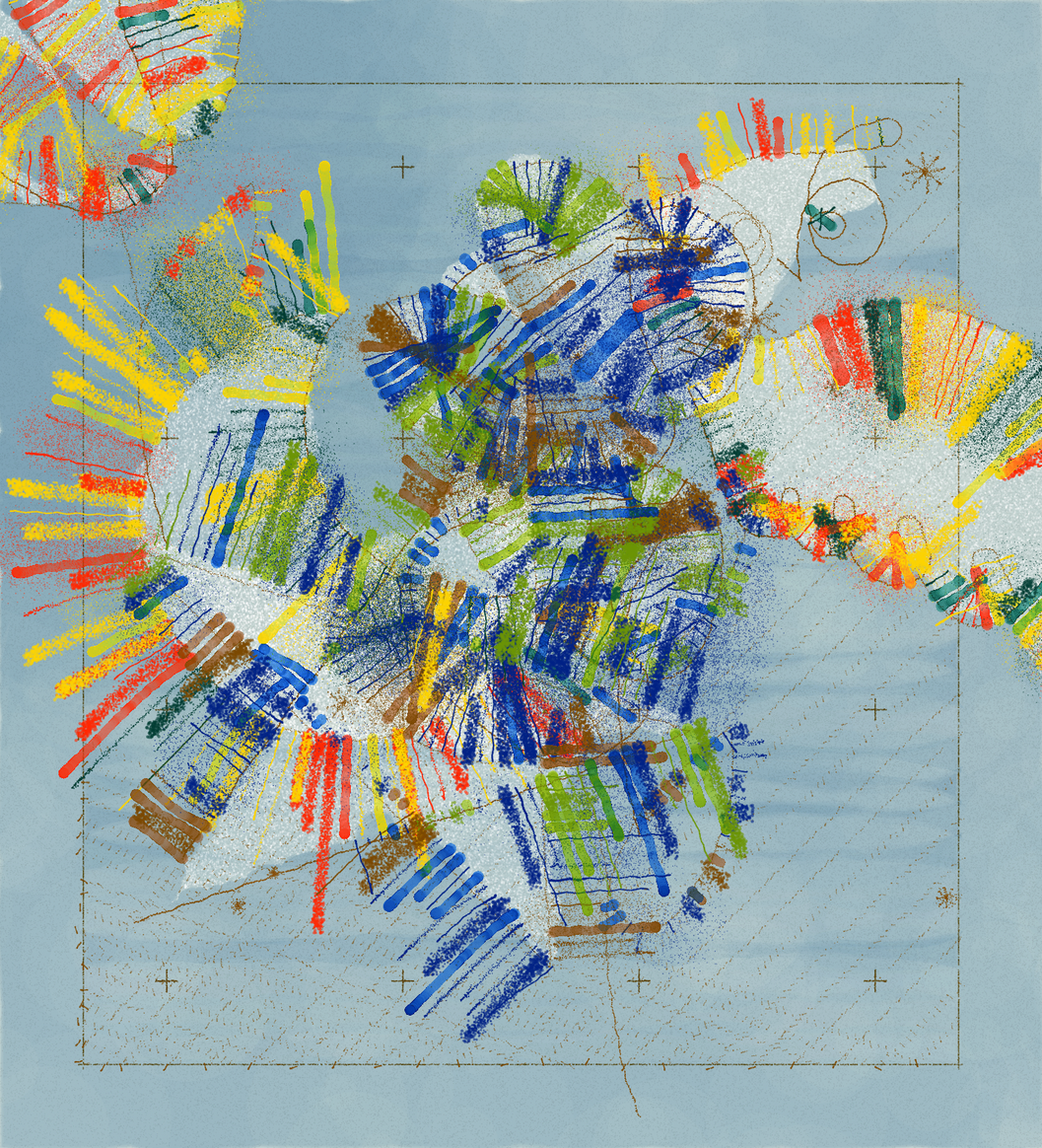
Enfantines. Cuaderno de bitácora
// Friday, 28 October 2022 - 10:00 I’ve been teaching P5JS to draw like a child...
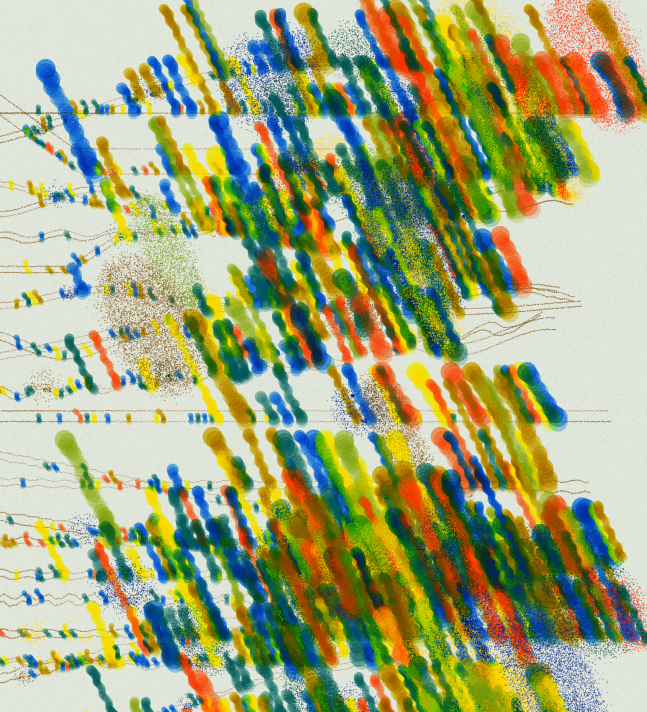
Blend those colours!
A p5 + WebGL approach to RealisticColour Blending
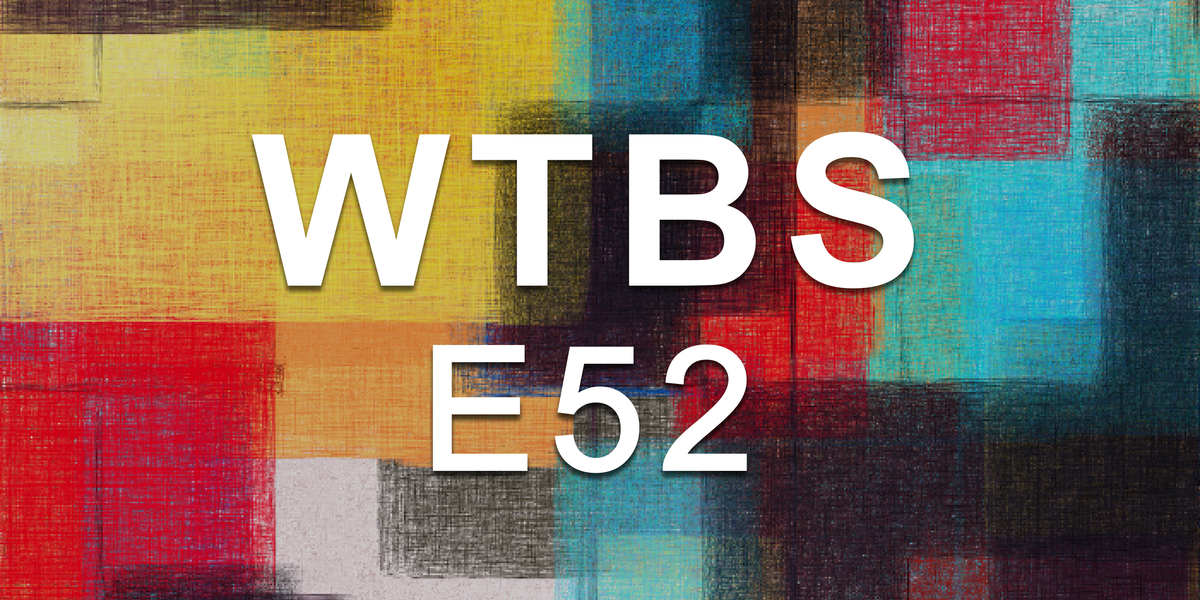
E52 - Computer-Made Art
Big New Years episode with special guest KenConsumer, host of the Arbitrarily Deterministic podcast. We go review Ken's Top 10 of 2022 and recap the drops from the last two weeks. Follow along with article below and we appreciate anyone who collects as a way to support the show!
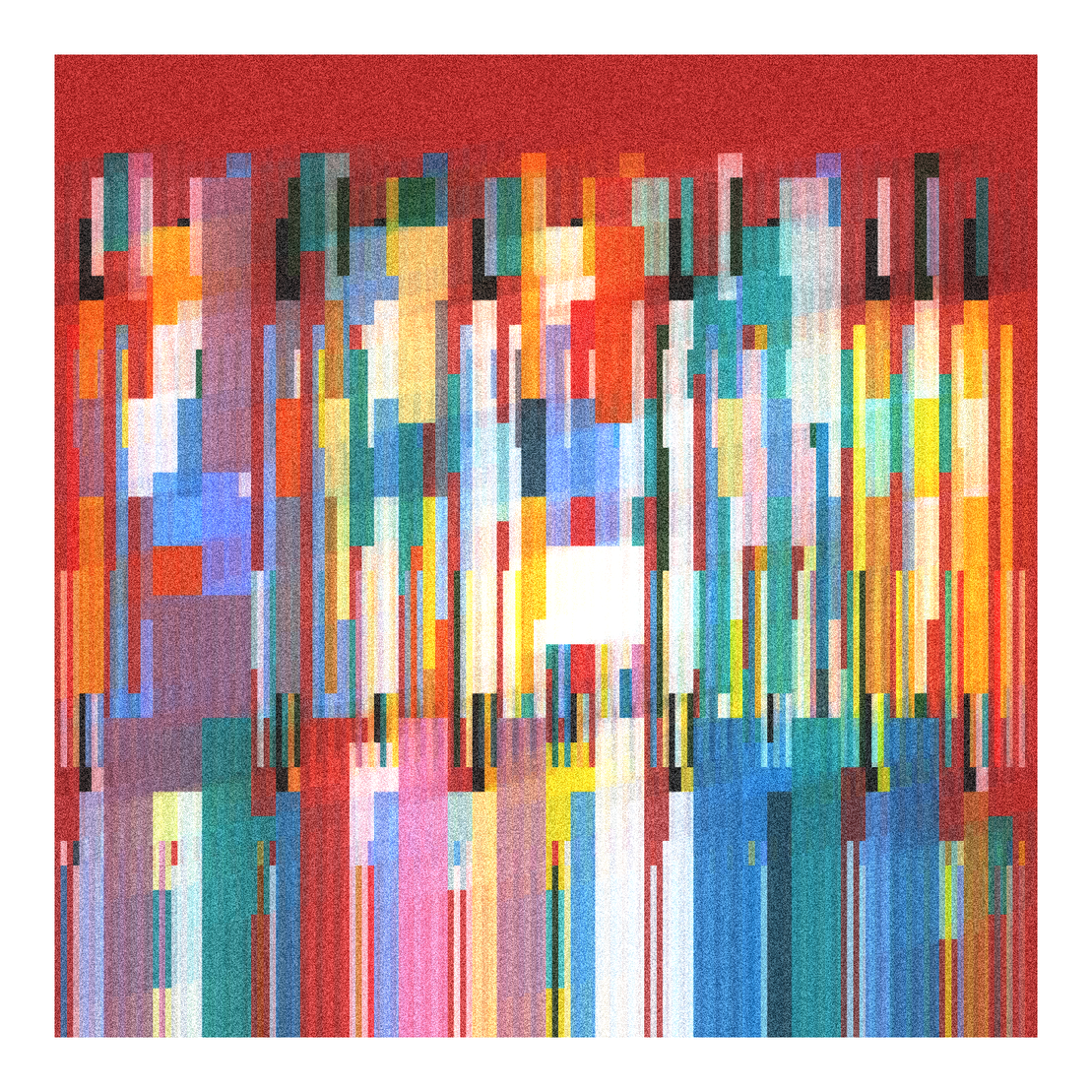
Ode to Contrapuntos, or Remembrance
Some artworks are still mysteries to me, and Contrapuntos is one of them. It was this piece that made me fall in love with generative art. It was this work that gave me this sparking moment when I came to understand not just intellectually, but at my very soul, how an artist's imagination, algorithms, and randomness play together in generative art to create beauty and meanings. And yet it turned out to be the most challenging piece to describe in writing. As I looked at it, thoughts and words vanished and a sense of joyful silence filled my mind. As much as I wanted to share it, I struggled to find the right words.
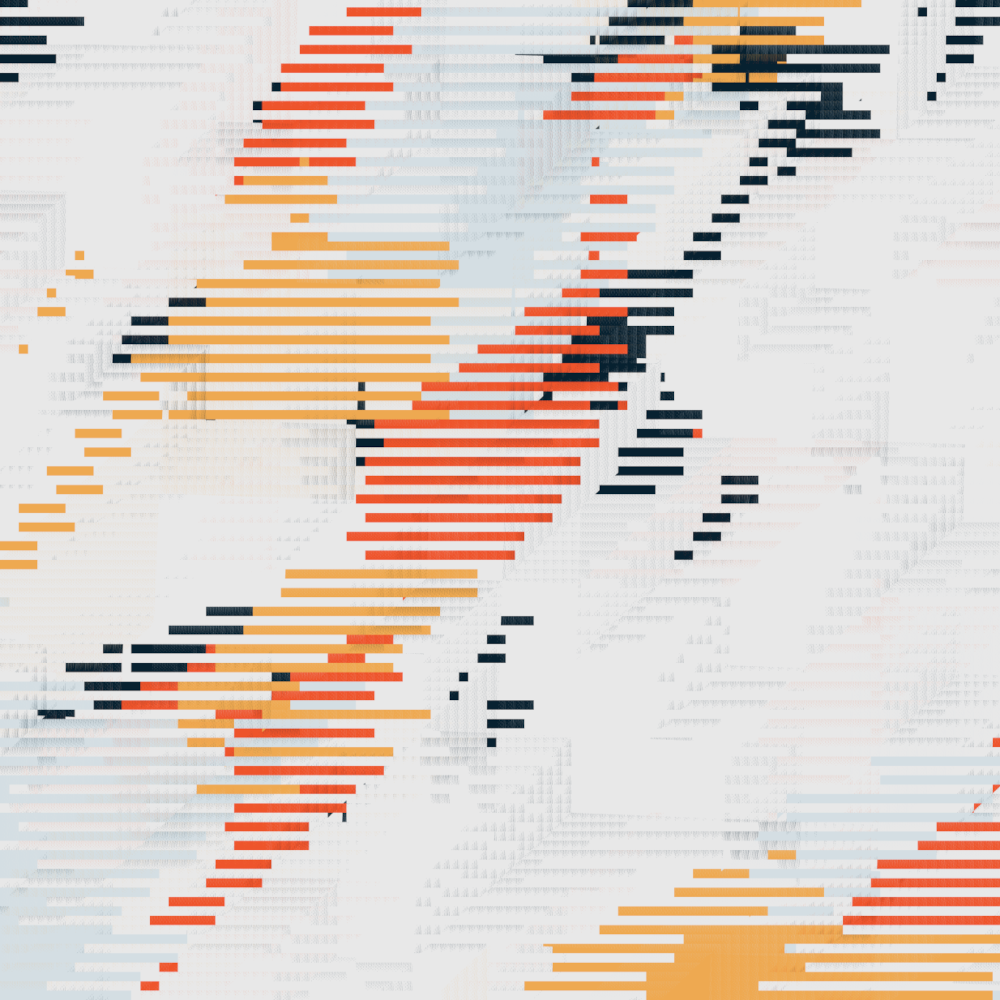
serendipity vs consequence
serendipity vs consequence is the result of deterministic algorithms which manifest differently depending on the device it is viewed upon. The basis for this project is a phenomenon called z-fighting, a common issue in 3d graphics when two or more objects overlap in 3d space thus causing an issue for the system to determine which is closer or farther from the viewpoint. Due to how the graphics drivers on different devices handle z-fighting, the same code executed on different devices will result in different results. Generally, the work in the current generative art movement is based on deterministic algorithms. This means that given a set of input parameters, the result should be exactly the same. The code in this project is deterministic, it includes no conditions to adapt one way or the other to any particular hardware device. So while this work adheres to the rules of long-form generative art with its deterministic algorithms, it is highly influenced by stochastic algorithms, where the result cannot be predicted. In a way, this project is a critique of deterministic algorithms and the fetishising of a bounded solution space of carefully crafted quantized experiences, so pervasive in the current generative art zeitgeist.
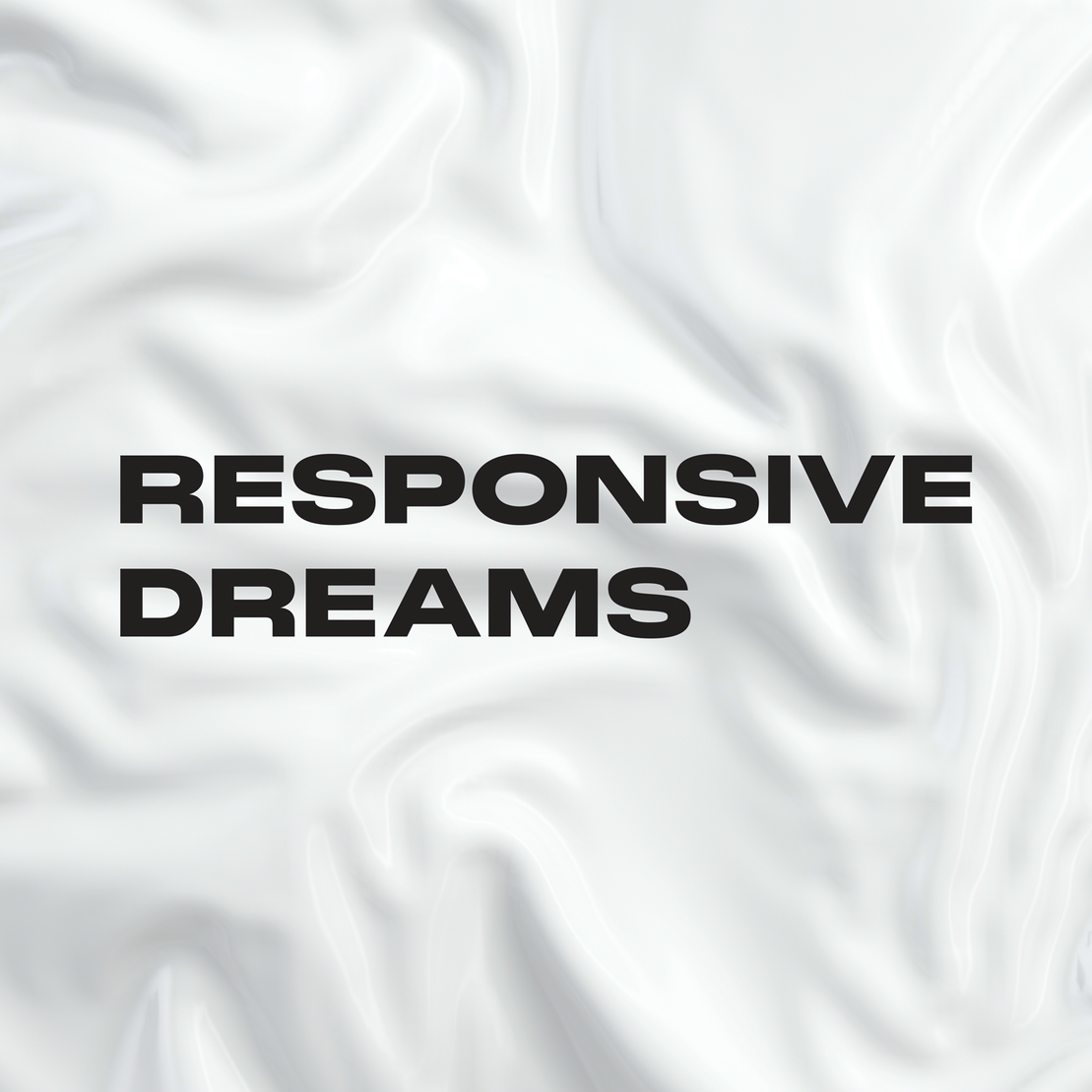
Responsive Dreams
The Generative Art Museum presents "Responsive Dreams", a project where we collaborate with generative artists to help them produce artwork and showcase it in real life experiences. Welcome to the art of the future. Welcome to Responsive Dreams.
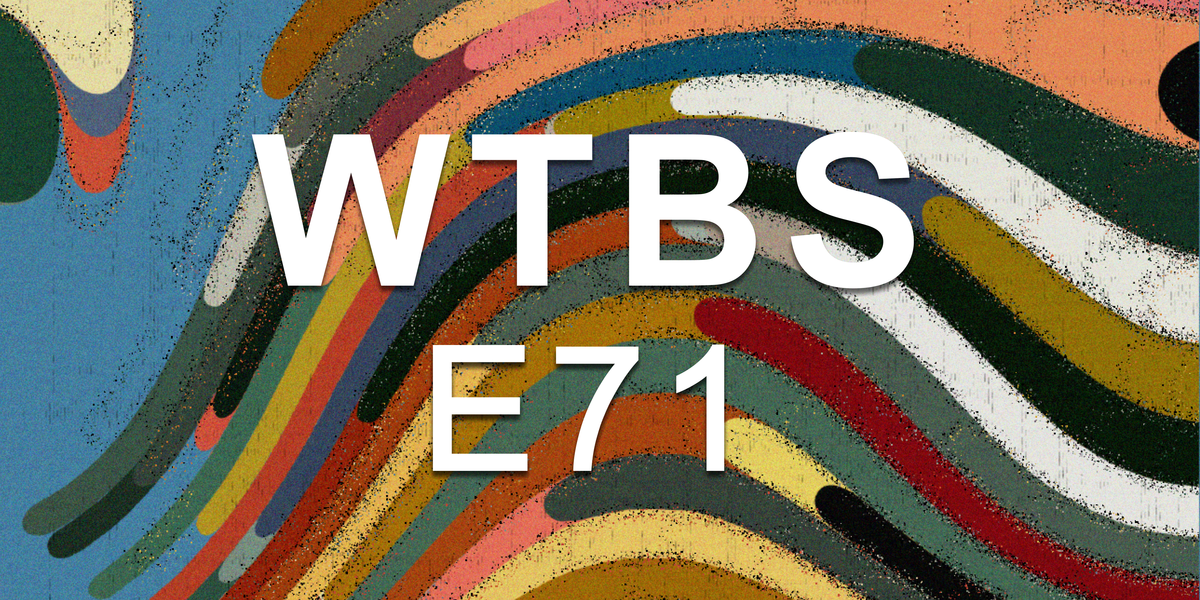
E71 - 5 Tez Collections
Will and Trinity catch up on the happenings in the broader blockchain universe. We discuss the free tez giveaway, our cross-chain future, and the latest generative drops Verse. Of course we talk about the latest fxhash drops and a week of crazy sales!
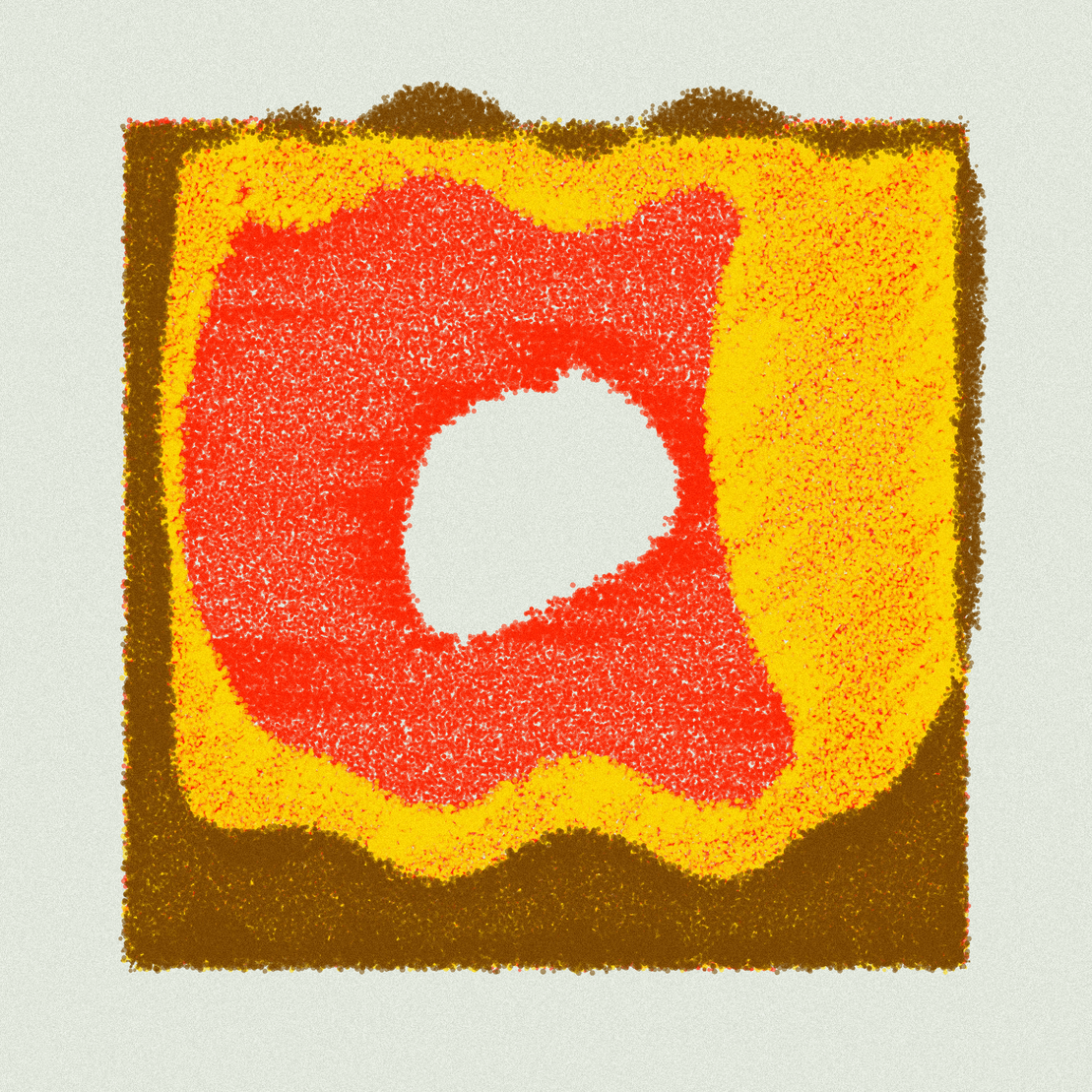
Draw that seed!
Pensado a mano explores the intersection of Generative Art and Hand Drawing. The collector, by drawing a predefined number of shapes on canvas, creates a unique hand-crafted seed that generates the final artwork. That is the only customisable param, thought by hand, which interacts with various random attributes to produce a unique composition. Together with Piter Pasma's 'Universal Rayhatcher', we have now two speculative uses of fx(params) that transform fx(hash) into a real co-creating platform. I don't know if these can be called Generative Art, but they are definitely an interesting way for artists to collaborate with the community.